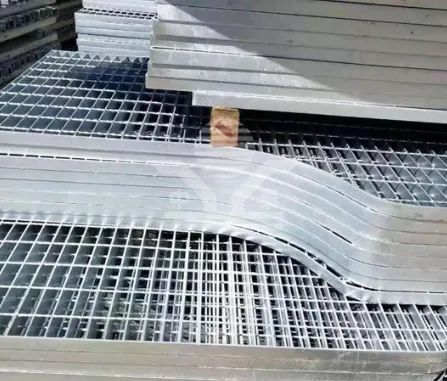Putting Up Temporary Fences A Practical Guide
In various scenarios, ensuring safety and controlling access can become paramount. Whether for construction sites, outdoor events, or even landscaping projects, temporary fences serve as an effective solution. They provide a barrier that protects both people and property while maintaining organization. This article will discuss the benefits of temporary fencing, the different types available, and tips for installation and maintenance.
Benefits of Temporary Fences
One of the primary advantages of temporary fences is their versatility. They can be used in a myriad of situations, such as
1. Construction Sites By marking the perimeter of a construction area, temporary fences keep unauthorized personnel at bay, mitigating safety risks while also securing materials and equipment. 2. Events and Festivals Temporary fencing can help manage crowds, designate entry and exit points, and ensure that areas are off-limits to attendees who shouldn’t have access to certain sections.
3. Landscaping Projects When undertaking landscaping work, temporary fences can protect delicate plants and progress from being disturbed by pets or passersby.
4. Disaster Relief In cases of natural disasters or emergencies, temporary fences can help cordon off hazardous zones, ensuring safety for both responders and the community.
Types of Temporary Fences
There are several types of temporary fencing, each suited for different scenarios
1. Mesh Fencing Often used on construction sites, mesh fencing offers visibility while providing security. Its lightweight design makes it easy to install and remove.
2. Chain Link Fencing More robust than mesh, chain link fencing provides a higher level of security and is commonly used in high-security areas. It can be topped with barbed wire for added protection.
3. Panel Fencing This pre-assembled structure requires no digging or permanent installation, making it ideal for events and festivals. It can be moved easily and rearranged to suit different layouts.
4. Wooden Fencing Offering a more aesthetic appeal, wooden temporary fences can be used in outdoor events. They provide privacy while still being easy to install and remove.
Installation Tips
putting up temporary fence

Installing a temporary fence can be straightforward, but some best practices can make the process smoother
1. Plan the Layout Before starting, determine the perimeter you need to fence. Use stakes and string to outline the area.
2. Check Local Regulations Some areas may have specific regulations concerning the height and type of temporary fencing allowed, particularly in urban settings or near public spaces.
3. Secure the Base If the fencing is not anchored properly, it can become unstable. For panel fences, sandbags or weights can help secure them, while posts in the ground will hold up mesh or chain link fences.
4. Leave Access Points Consider entrances and exits for both workers and visitors. Gates or panels that can be easily removed or swung open will improve accessibility.
5. Inspect Regularly Conduct daily checks on the integrity of the fence. Look for signs of damage or instability, especially after strong winds or storms.
Maintenance
While temporary fences are low-maintenance compared to permanent structures, keeping them in good condition can help extend their usability
1. Cleaning Remove debris, dirt, or vegetation that may accumulate. For wooden fences, a quick wash with mild soap can help maintain appearance.
2. Check for Damage Inspect for rust on metal fences or rot on wooden panels, and repair any issues immediately.
3. Store Properly Once the fencing is no longer needed, make sure to clean and store it appropriately to ensure longevity for future use.
Conclusion
Temporary fences are an indispensable tool across various sectors. They protect people and property, enhance safety, and can even improve the organization of events. By understanding the benefits, types, and best practices for installation and maintenance, users can effectively utilize temporary fencing solutions for their specific needs. Whether you are overseeing a construction site, organizing an event, or managing a landscaping project, the right temporary fence can make all the difference in ensuring safety and order.
-
Why Galvanized Trench Cover Steel Grating Resists Corrosion
NewsJul.10,2025
-
The Versatility and Strength of Stainless Expanded Metal Mesh
NewsJul.10,2025
-
Load Calculations in Steel Grating Platforms
NewsJul.10,2025
-
Keeping Pets and Kids Safe with Chicken Wire Deck Railing
NewsJul.10,2025
-
Hole Diameter and Pitch for Round Perforated Metal Sheets
NewsJul.10,2025
-
Aluminium Diamond Mesh in Modern Architecture
NewsJul.10,2025
Subscribe now!
Stay up to date with the latest on Fry Steeland industry news.

